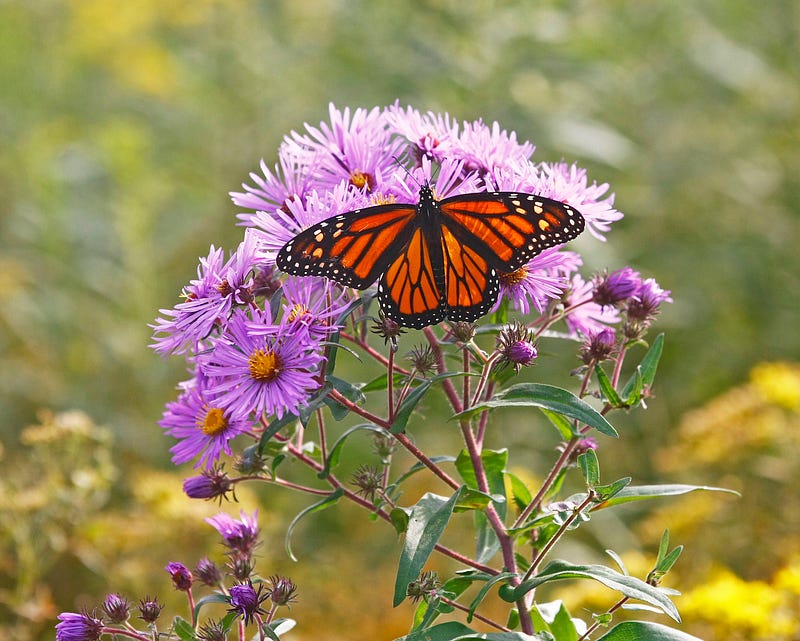Becca Zak, Interpretive Naturalist
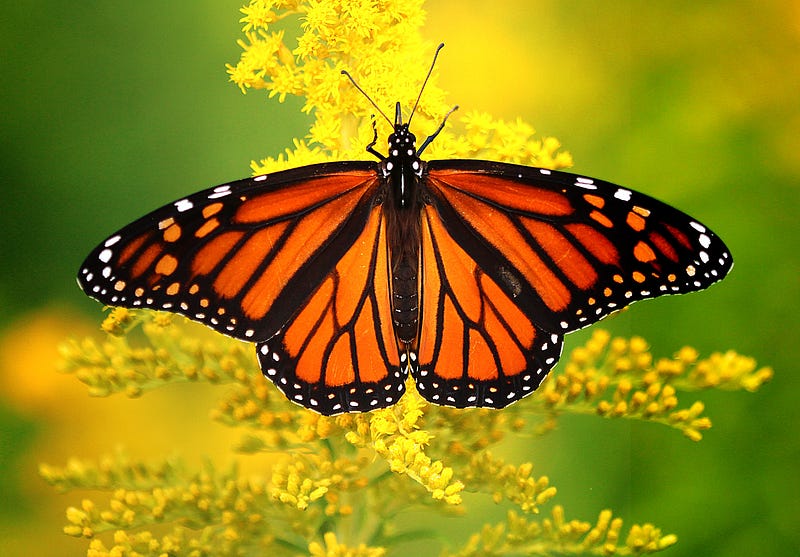
After flying over 2,200 miles in search of overwintering grounds, an Akron-born monarch butterfly lands in the pine-oak forests of Michoacán, Mexico. It is early November when she lands in an already monarch-covered tree branch, joining her fellow intrepid travelers. They huddle together for warmth, awaiting winter’s cold, its storms and uncertainty.
Without a doubt, her existence up to her triumphant arrival has been tasking and dangerous. She has searched for ever-shrinking breeding grounds, food plants in disappearing wildflower habitat, and has flown through a migration corridor laced with pesticides and herbicides, through inconsistent weather conditions, and finally landed to spend the winter in a dwindling forest. Only the adapted, resilient and lucky will accomplish this journey.
To learn more about the monarch butterfly, attend Flight of the Monarchs on Sunday October 29, from 12 to 3 p.m. at F.A. Seiberling Nature Realm (1828 Smith Road, Akron).
It’s no easy feat, and it is becoming more difficult. Over the past 25 years, nearly one billion monarchs have vanished. Each monarch that joins the masses on the branches of oyamel firs in Mexico provides hope in a questionable future. All hope is not lost, however. Hope begins with just one egg.
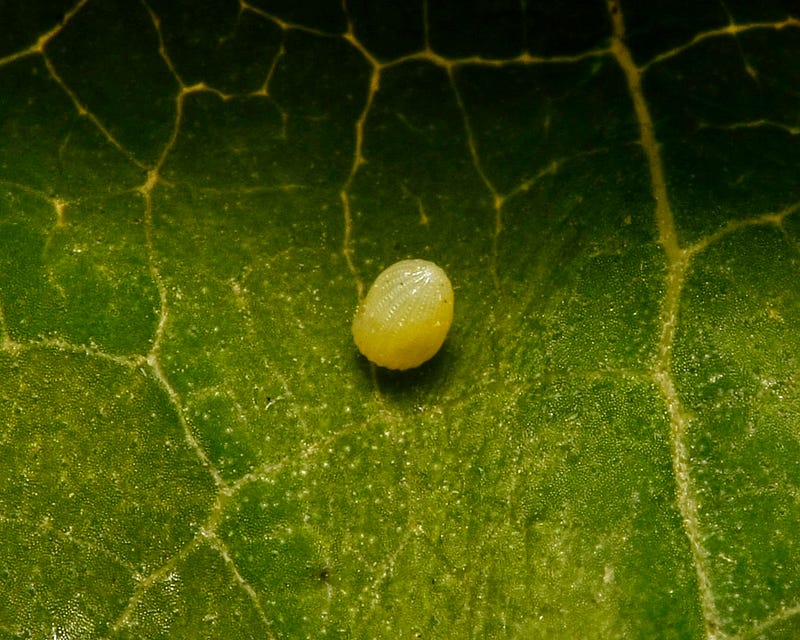
THE BEGINNING
Our butterfly’s journey began on a June morning. A female monarch flutters about in an Akron garden full of native wildflowers, in search of her host plant, milkweed. Common, swamp, and whorled varieties will all do, as will butterfly weed. As she searches, she feeds on plants like phlox, bee balm and purple coneflower.
She lands on a plant with large, toothless broad leaves that bleed a white milky sap when broken. The creamy pink-colored flowers form a round cluster and smell of summer. She tastes the plant with her feet and has found her host of choice, common milkweed.
She lays a solitary egg, but will lay up to 500 over the course of her two-month lifespan. Having laid the egg that will become the fourth generation of monarchs, those that make the unbelievable journey to Mexico, she perishes.
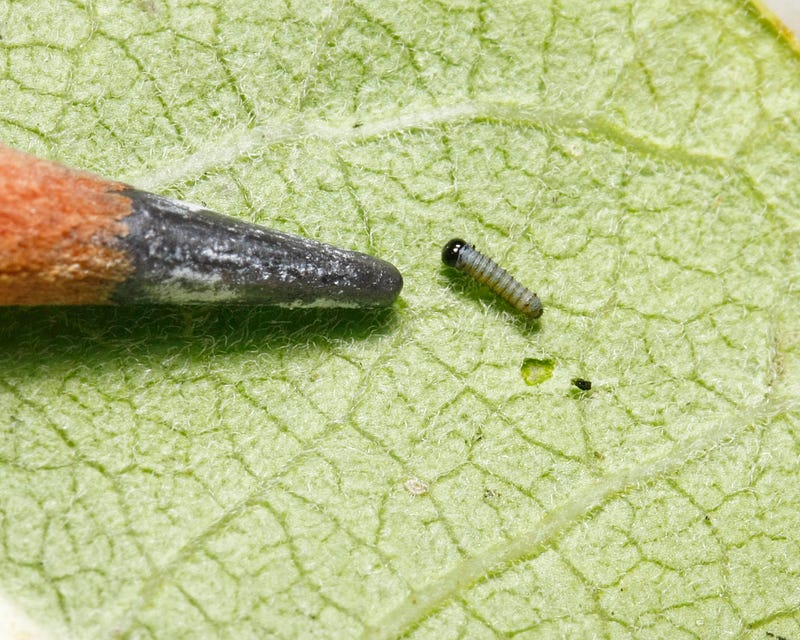
Four days after hatching, our butterfly begins as a caterpillar, no bigger than a pencil tip. From the start, she gorges herself with milkweed flesh, making her toxic to predators. Her only job is to eat for up to two weeks, growing 3,000 times heavier than the original egg. Once fully grown, she finds a protected spot under a leaf or on a stem, and undergoes a magical transformation.
Zipped up tight in her chrysalis, our insect friend changes from caterpillar to butterfly over the course of up to two weeks. After emerging and drying off her wings, she begins eating from early fall wildflowers like joe-pye weed, goldenrod and ironweed.
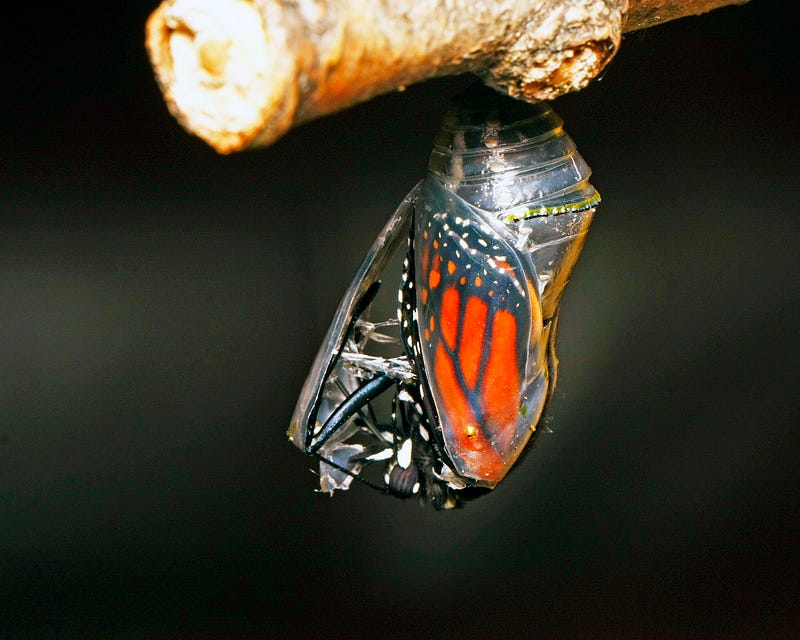
MAKING THE JOURNEY
She has an enormous task ahead of her and must eat in preparation to travel the nearly 2,300 miles between Akron, Ohio and Michoacán, Mexico. Having never been to her overwintering grounds, how she knows when to begin her journey and where to travel largely remain a mystery. Do they possess an inner-sun or magnetic compass or is it largely based in genetics? We may never truly know.
HELP SAVE THE MONARCHS
This monarch’s life began in a lucky find: a patch of wildflowers native to Ohio. Monarchs and other butterflies need more of these plants to breed, feed and survive. Here are a few tactics you can try that could make a big difference:
· Grow their host plant, milkweed.
· Grow food plants like asters, coneflowers and goldenrod.
· Avoid traditional pesticides in your yard. Make some non-toxic alternatives.
· Support the Highway Habitat Corridor.
